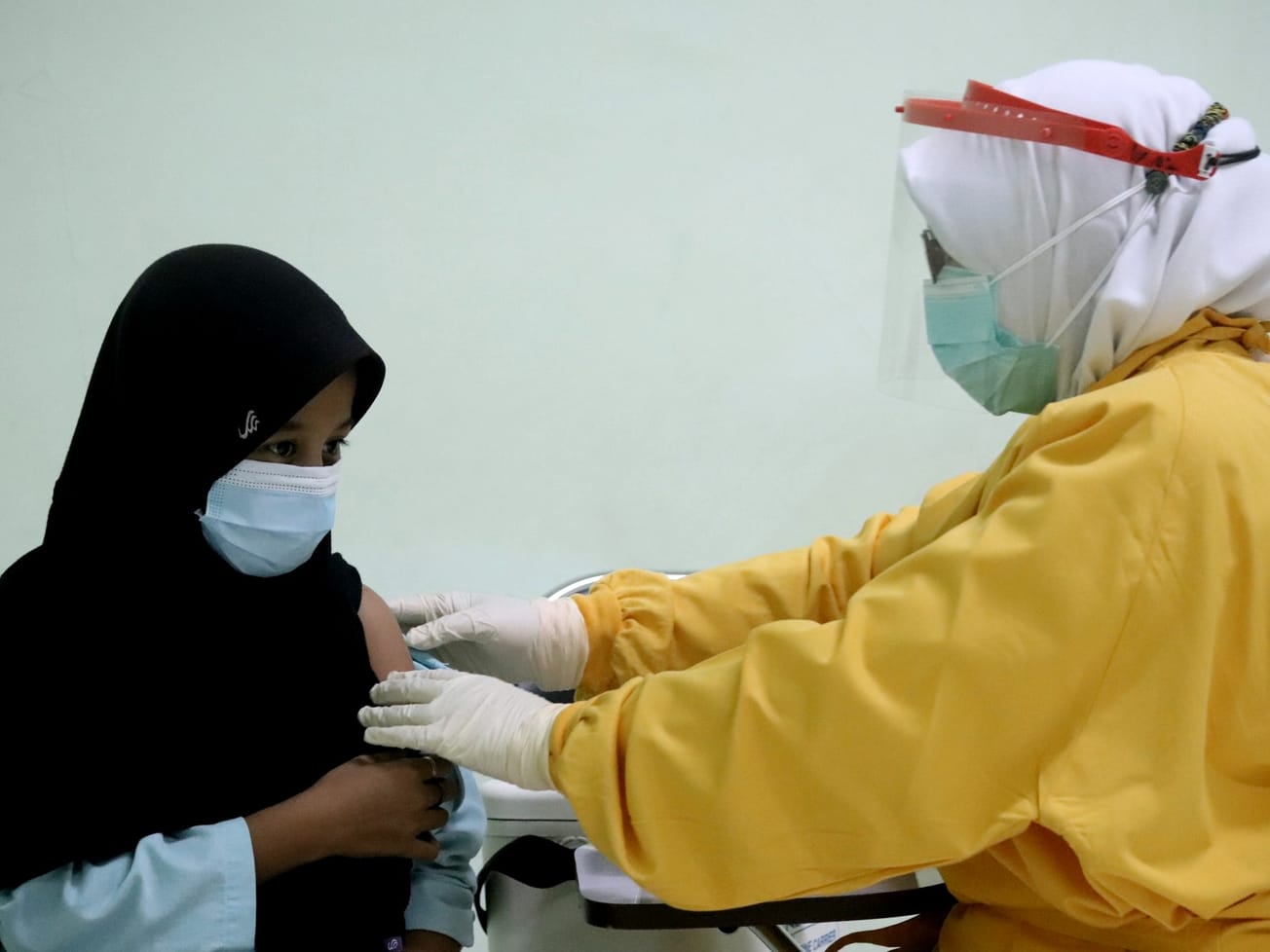GENEVA (AN) — The World Health Organization announced a major restructuring plan to cut red tape and reduce longstanding tensions between its headquarters and six field offices.
The plan includes the creation of several new divisions and positions, reshuffling some deputy director-generals and regional directors and a greater focus on improving life for the world's 1 billion poorest people.







